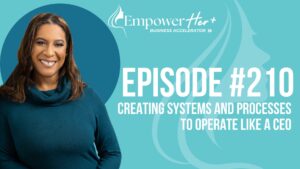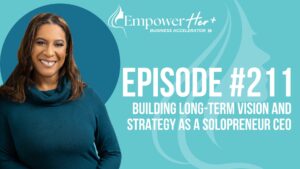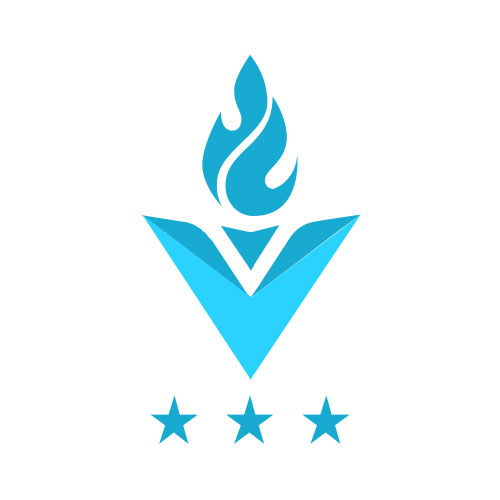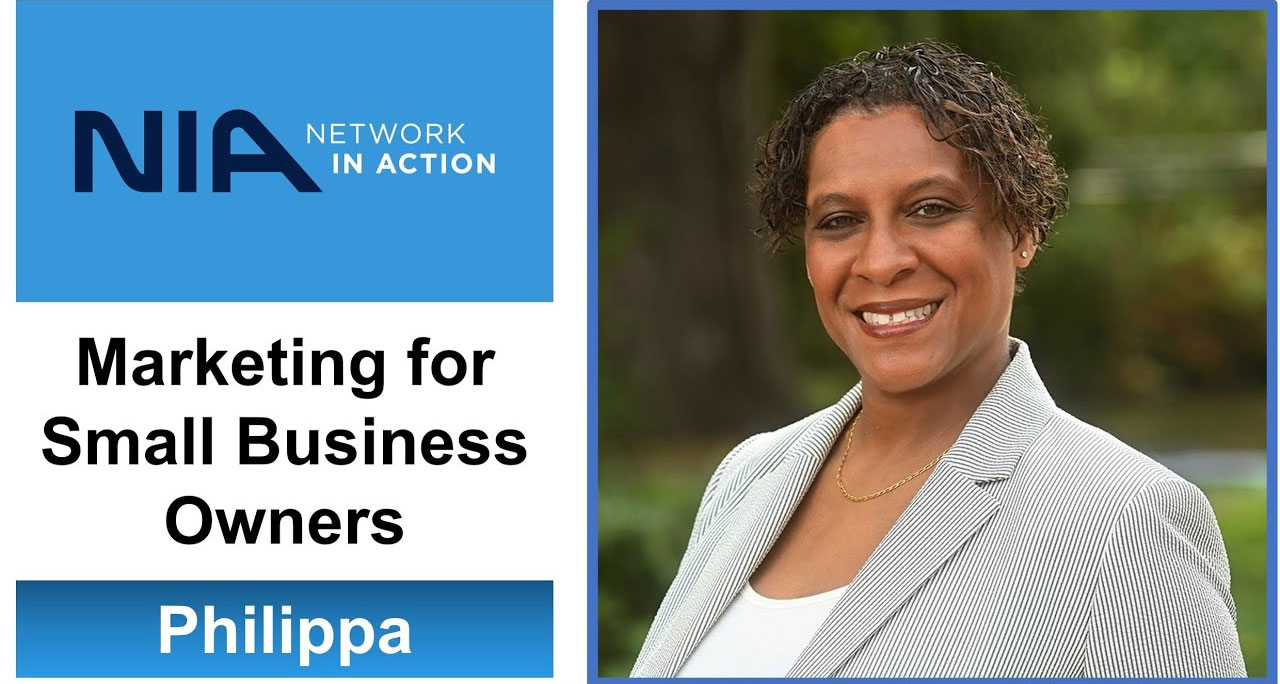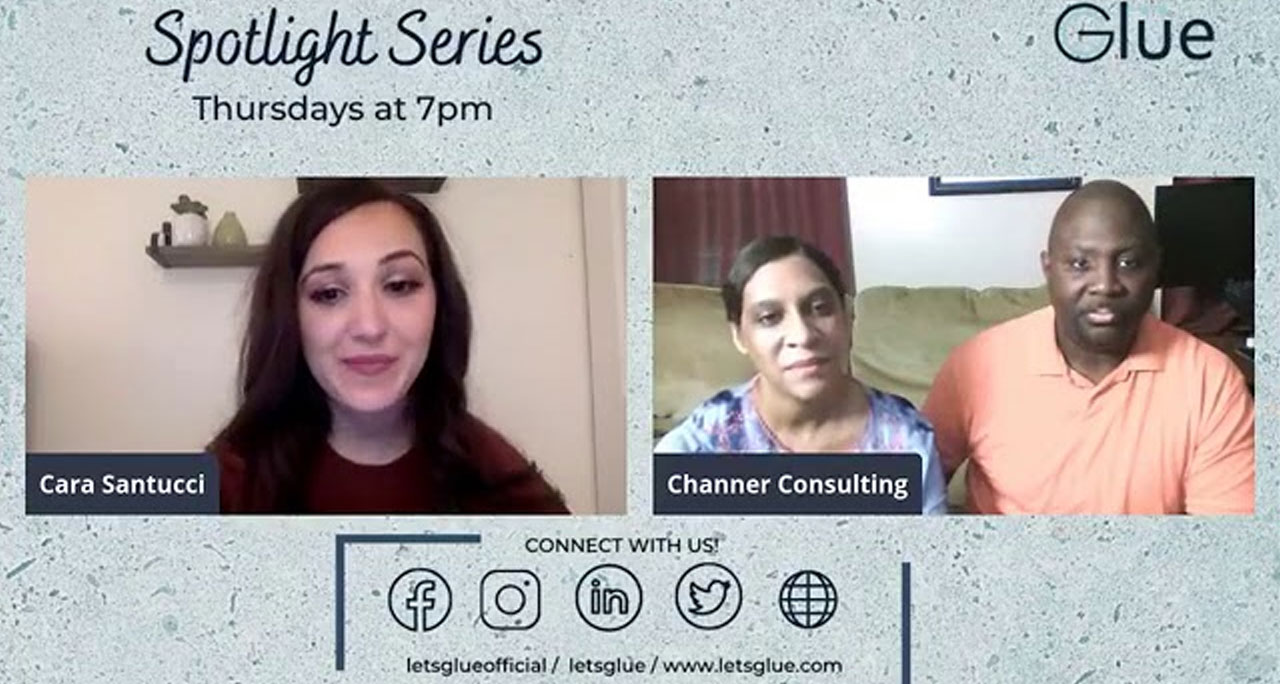Welcome back to the Empower Her Business Accelerator podcast! I’m your host, Philippa Channer, and I’m so excited you’re here for another episode that’s all about helping you think, plan, and lead like a true CEO.
We’re deep into our October series on cost structure, and today we’re unpacking a topic that every entrepreneur thinks they understand—but few are truly leveraging: the balance between fixed and variable costs. This is one of those behind-the-scenes elements that can make or break your ability to grow with confidence and flexibility.
Before we jump in, I want to personally invite you to explore something truly transformational — The Entrepreneur Incubator.
This is my four-month, done-with-you experience designed to help entrepreneurs gain brand clarity, build a sustainable strategy, and—most importantly—implement it with guidance and accountability. Inside the Incubator, we’ll use my Content Clarity Canvas and the Content Clarity GPT to map out your brand messaging and build a 12-week content plan tailored to your business goals. You’ll also get one-on-one coaching and monthly implementation check-ins so your strategy actually moves from paper to profit.
If you’ve been craving structure, support, and a way to grow without spinning your wheels, book your free 30-minute consultation using the link in the show notes. Let’s see how the Entrepreneur Incubator can help you move from strategy confusion to CEO clarity.
(00:00) Welcome & Series Recap
In this episode, we’re continuing our cost structure series by looking at what it really means to balance fixed and variable costs. If you haven’t yet listened to Episodes 200 and 201, go back and check those out first—we covered how to track your spending and optimize your cost structure for profitability.
👉 Action Step: Listen to Episodes 200 and 201 for the full picture on building a lean, scalable financial foundation.
(00:45) The Entrepreneur Incubator Invitation
I introduce the Entrepreneur Incubator—a space designed to give you structure, accountability, and personalized strategy. Whether you’re refining your brand or trying to systemize your marketing, this program is where clarity meets implementation.
👉 Action Step: Book your free 30-minute consultation to explore if the Incubator is the next right step for your business.
(02:00) What Fixed and Variable Costs Really Mean
Let’s break it down:
- Fixed costs are your consistent expenses—things like rent, software subscriptions, insurance, or salaried support.
- Variable costs change depending on your business activity—shipping, payment processing, contractors, or materials.
Fixed costs bring predictability but can create pressure if sales slow down. Variable costs provide flexibility but can make profits unpredictable.
👉 Action Step: List your top five fixed and variable expenses this week to gain awareness of your cost structure.
(03:20) Finding Your Financial Sweet Spot
Too many fixed costs make your business fragile. Too many variable costs make scaling harder to sustain. The key is finding that sweet spot—a balance that matches your business model and growth goals.
Ask yourself:
- Do I have consistent enough income to justify my fixed costs?
- Are my variable costs growing faster than my sales?
- Can I shift any costs from one category to the other?
👉 Action Step: Review your subscriptions and contractors—what can be adjusted for better balance?
(04:30) Shifting Strategically
Sometimes, shifting your expenses can completely change your cash flow flexibility.
- Fixed → Variable: Instead of a full-time assistant, hire a VA as needed. Or skip a year-long coaching program and opt for pay-per-session or a mastermind.
- Variable → Fixed: Lock in consistent help with a monthly retainer or set a fixed ad budget for ongoing campaigns.
👉 Action Step: Pick one expense this quarter to restructure and see how it impacts your flexibility or stability.
(05:40) Budget Exercise: Know Your Numbers
Here’s your next step: pull your expense reports and mark fixed costs in one color, variable costs in another. Add up each group and calculate their percentage of your revenue.
💡 Rule of Thumb: For most service-based businesses, fixed costs should stay between 30–50% of revenue.
If you’re over that, it’s not a failure—it’s just data. Now you know what to adjust.
👉 Action Step: Schedule this review quarterly to stay in control of your finances.
(06:30) Planning Smart for the Future
Once you understand your numbers, use that knowledge to make better CEO decisions:
- Hiring: Test contractors before committing to monthly retainers.
- Launching: Avoid offers that require fixed costs to succeed.
- Forecasting: Know what portion of your expenses you can actually control.
👉 Action Step: Apply one of these strategic questions the next time you make a financial decision in your business.
(07:20) From Fear to Freedom
When you understand the balance between fixed and variable costs, you take back control of your business. You start setting prices with confidence, planning for slower seasons without stress, and building a business based on intention—not reaction.
This is what real CEO thinking looks like. And it’s exactly the type of empowered leadership we cultivate inside the Entrepreneur Incubator—because knowing your numbers isn’t just about money, it’s about freedom.
Next week, we’ll wrap up our cost structure series with a conversation about managing expenses without sacrificing quality or growth. Yes, you can cut costs and level up your client experience at the same time.
Until then—keep leading, keep growing, and as always, keep shining. ✨
✨ Special Announcements & Links
🎯 The Entrepreneur Incubator – Four months of clarity, accountability, and implementation designed to help you master your marketing and strategy. https://channerconsulting.com/entrepreneur-incubator/
🎯 Free 30-Minute Discovery Call: https://calendar.app.google/znZrWCuHtGvHHkwr9
📬 Subscribe for regular content on marketing strategy, business planning, and growth tips that help you think like a CEO.
📱 Connect with me: LinkedIn | Facebook | Instagram
📧 Get in touch: [email protected]


